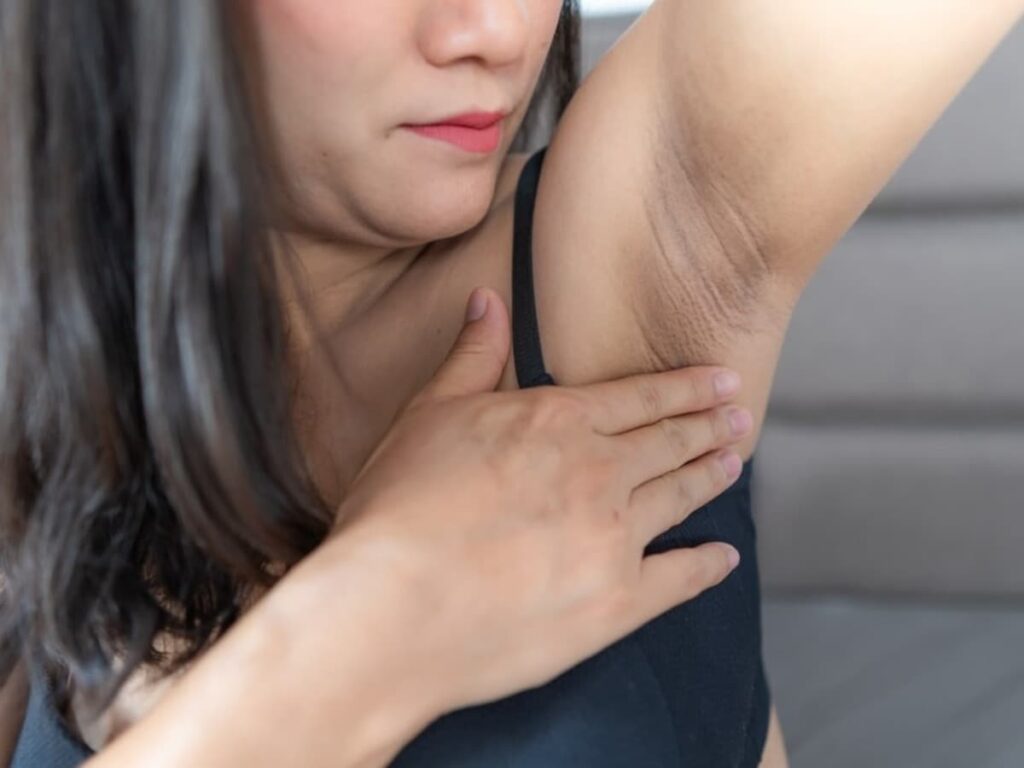Darkening of the underarms is a common cosmetic concern that often results from excessive melanin production in the skin. This condition can be caused by various factors, including hormonal changes, friction, and the use of certain products. In some cases, however, dark underarms can be an indicator of underlying health issues that may require attention. Understanding the causes and implications of this condition is crucial for effective management and prevention.
Causes of Dark Underarms
Excessive Melanin Production
The primary cause of underarm darkening is the overproduction of melanin, the pigment responsible for skin color. This can result from several factors, including:
- Hormonal changes during puberty, pregnancy, or menopause.
- Friction caused by tight clothing or repeated shaving.
- Skin conditions such as acanthosis nigricans.
- Use of certain deodorants or antiperspirants that may irritate the skin.
- Sun exposure leading to hyperpigmentation.
Medical Conditions Linked to Dark Underarms
In some instances, dark underarms may signal underlying health conditions. Here are five possible conditions associated with this skin change:
| Condition | Description |
|---|---|
| Acanthosis Nigricans | A skin disorder characterized by dark, velvety patches typically found in body folds. |
| Insulin Resistance | A condition where the body’s cells become less responsive to insulin, often linked to type 2 diabetes. |
| Hormonal Imbalances | Disruptions in hormones can lead to various skin changes, including darkening. |
| Obesity | Excess weight can increase friction in skin folds, contributing to dark underarms. |
| Thyroid Disorders | Conditions like hypothyroidism may cause changes in skin pigmentation. |
Treatment and Prevention
Addressing dark underarms involves a combination of lifestyle changes and medical treatments. Here are several strategies to consider:
Topical Treatments
Over-the-counter creams containing ingredients such as hydroquinone, glycolic acid, or kojic acid can help lighten dark skin. Always consult a dermatologist before starting any new treatment.
Lifestyle Changes
- Opt for loose-fitting clothing to minimize friction.
- Consider hair removal methods that are gentle on the skin, such as waxing or laser treatments.
- Practice good hygiene to prevent skin irritation.
Regular Dermatological Consultations
Consulting with a dermatologist can provide insights into personalized treatment options and help rule out any serious conditions associated with dark underarms.
Conclusion
Dark underarms can be a cosmetic concern for many individuals, but they may also hint at underlying health issues. Understanding the causes, associated conditions, and treatment options is essential for effective management. By making informed choices regarding skin care and seeking professional advice when necessary, individuals can improve the appearance of their underarms and maintain overall skin health.
